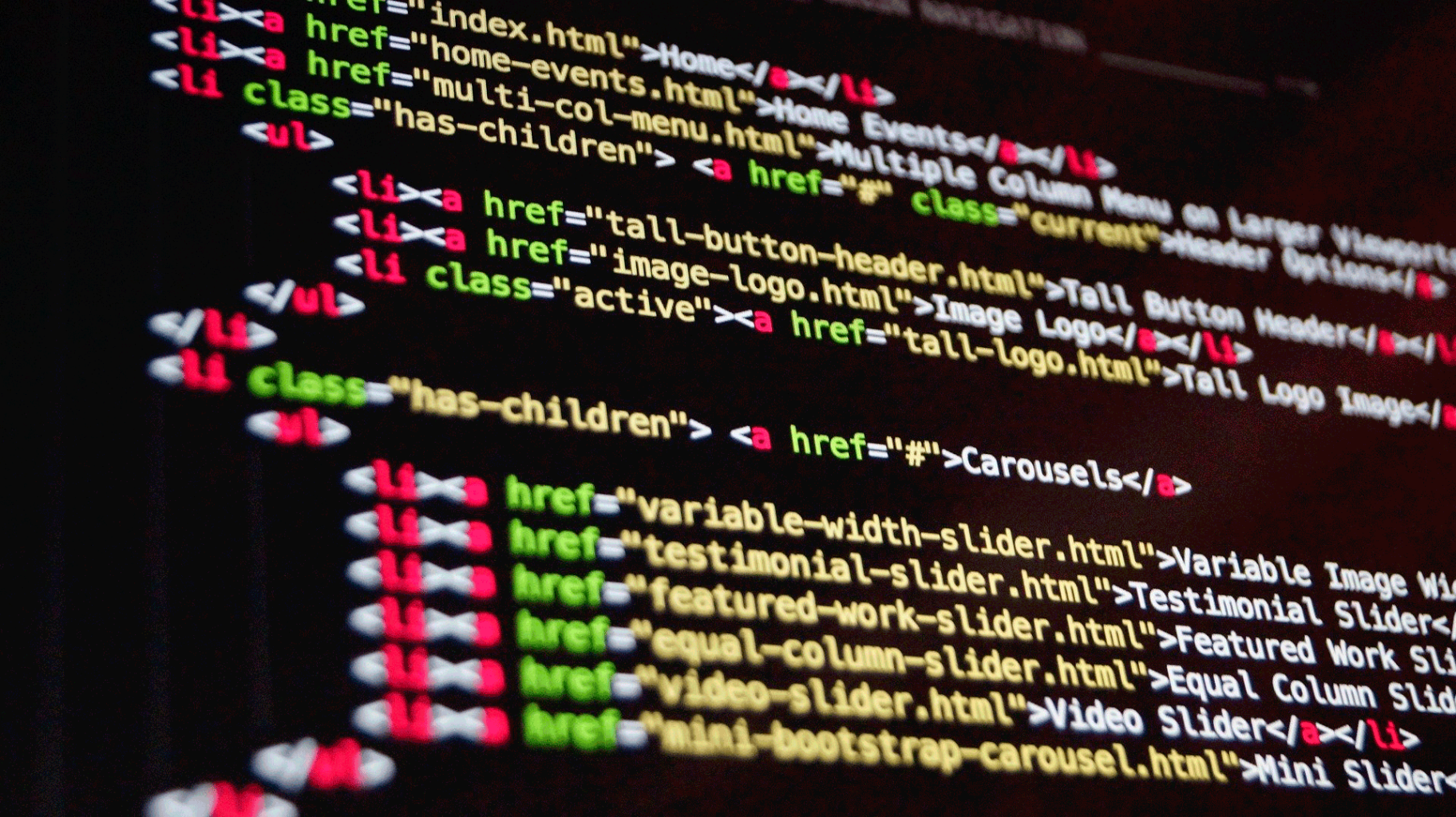January 28, World Data Protection Day

Font: Pixabay
On 28 January 1981 the Council of Europe signed the Convention for the Protection of Individuals with regard to Automatic Processing of Personal Information. Behind this long name there is one of the first international laws regarding the protection of personal data collected through digital media. In commemoration of that milestone, today is World Data Privacy Day.
The importance and economic value of the data that are processed every second in the world has grown exponentially since that distant 1981. According to 2018 data from the consulting firm Domo, which you can see in these infographics, 4,333,560 are reproduced every minute Youtube videos worldwide. Every sixty seconds, 49,380 photos are uploaded to Instagram.
In general, Internet users are not familiar with the risks associated with the protection of their personal data and their rights in this regard. Nor are they fully aware of what they can do if they feel their rights have been violated, or of the role of national data protection agencies.
Over the years, however, awareness has increased and various companies and platforms are taking more effective measures to preserve the data of their users. There is open and free software that ensures user privacy, such as the ones we recommended in this article.
In this line, and to ensure the privacy of its users, the domain. cat adopted mechanisms to offer superior protection to its users in 2012, being one of the first gTLDs (Generic Top Level Domain) to offer privacy options.
Last October, in this article on digital security, we explained these advantages of the .cat domain. Pep Masoliver has been working for the .cat Foundation’s computer team since 2007 and explains the reasons that make the .cat domain a more secure and private domain than the rest: “If you register a .cat domain and own it, no personal data will be displayed, the direct and practical translation for the user is that a lot of spam is saved -explains Masoliver-, in addition, the DNSSEC system we use adds an additional layer of security that provides large number of possible malicious activities”.


